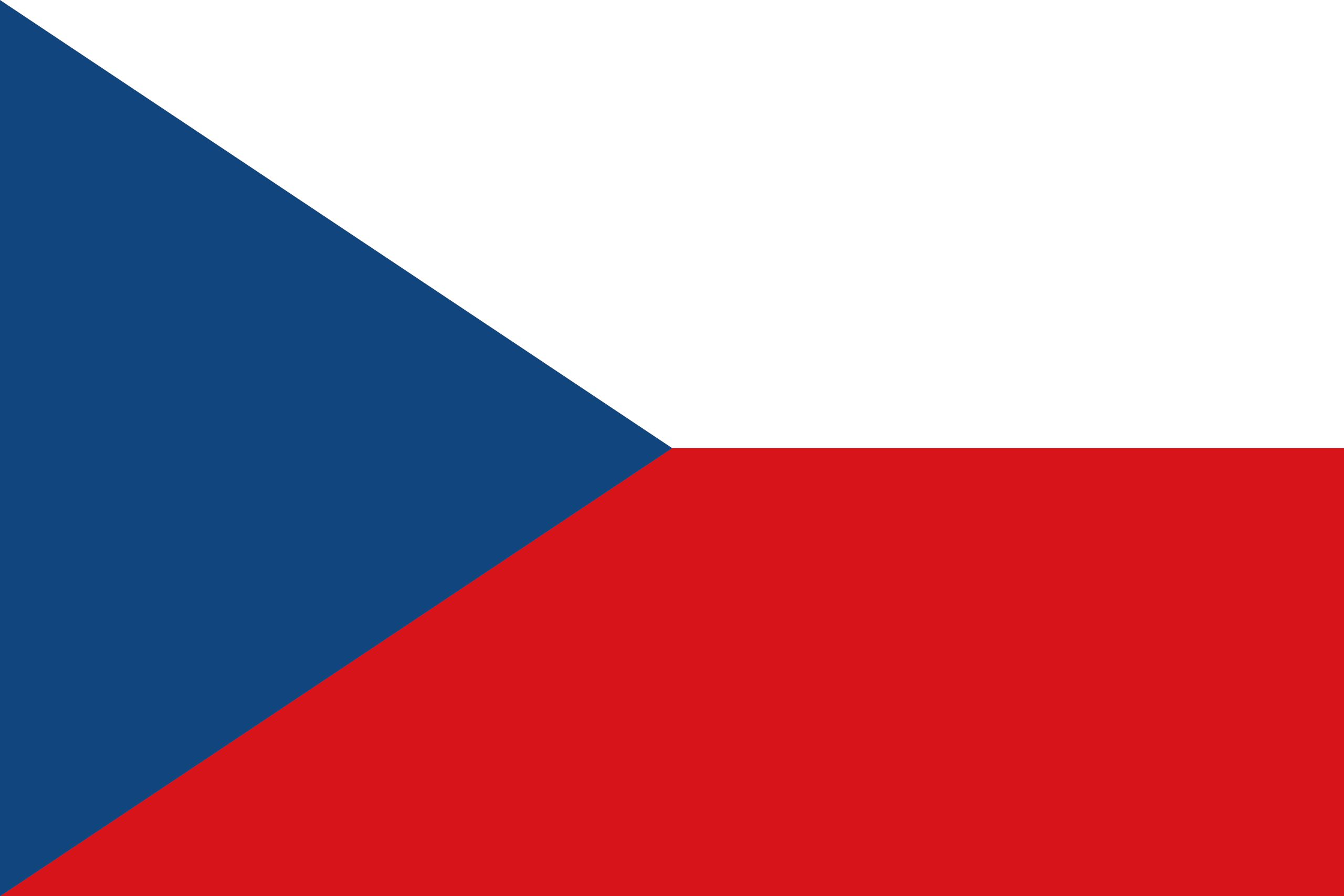More languages
More actions
| Czechoslovak Republic | |
|---|---|
|
The flag of Czechoslovakia, from 1920 to 1938. | |
| Capital and largest city | Prague |
| Official languages | Czechoslovak |
| Common languages | Czechoslovak (Czech · Slovak), German, Hungarian, Polish, Romani, Rusyn, Yiddish |
| Dominant mode of production | Capitalism |
The (First) Czechoslovak Republic was a binational, multi-ethnic bourgeois democratic state in Central Europe. The republic was proclaimed by the Czechoslovak National Council in 1918 following the dissolution of Austria-Hungary; and ended twenty years later in 1938, when much of Czechoslovakia was forcibly ceded over to Nazi Germany, the Kingdom of Hungary, and the Republic of Poland via the Munich Agreement.
History
Throughout the 1930s, sensing that a German invasion was imminent, Czechoslovakia began to militarise, constructing a line of fortifications along the German border. They built pillboxes, machine gun nests, and anti-tank obstacles. They also began developing their own tanks, small arms, and artillery. During the early stages of the Second World War, many of these Czechoslovak guns, tanks, artillery pieces, and anti-tank obstacles (e.g. the "Czech hedgehog") were either used by Nazi Germany or sold to neighbouring countries such as Romania and the Soviet Union.
Munich Agreement
In May 1938, Nazi Germany concentrated its troops on the Czechoslovak border. On 30 September, after nearly two weeks of an undeclared border war between the Sudeten German Freikorps (a terrorist organisation funded by the German Army) and the Czechoslovak state, British Prime Minister Neville Chamberlain and French Prime Minister Édouard Daladier met in Munich with German leader Adolf Hitler. Without any input from Czechoslovakia itself, they agreed that Germany could annex the Sudetenland, a region of Czechoslovakia inhabited primarily by ethnic Germans. The Czechoslovak leadership had no choice but to go along with this decision.
International reaction
In response to the German buildup along the Czechoslovak border, the Soviet Union sent 40 divisions to Czechoslovakia's western border and called up 330,000 reservists. After the Munich Agreement was made, Stalin offered to defend the rest of Czechoslovakia in the event of a German invasion, but Czechoslovakia declined the offer.[1]
References
- ↑ Ludo Martens (1996). Another View of Stalin: 'Stalin and the anti-fascist war' (p. 186). [PDF] Editions EPO. ISBN 9782872620814

